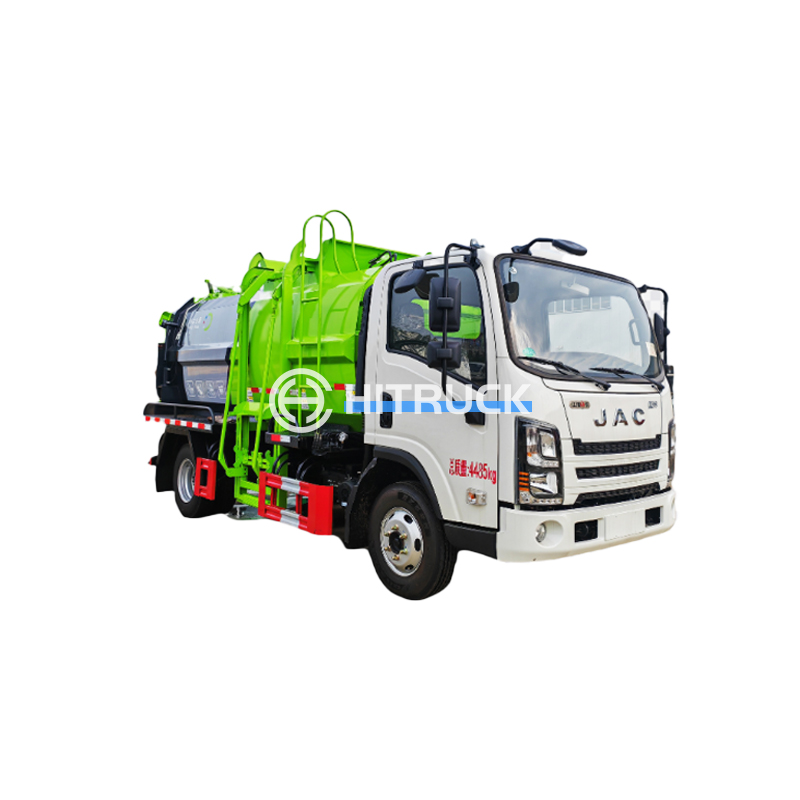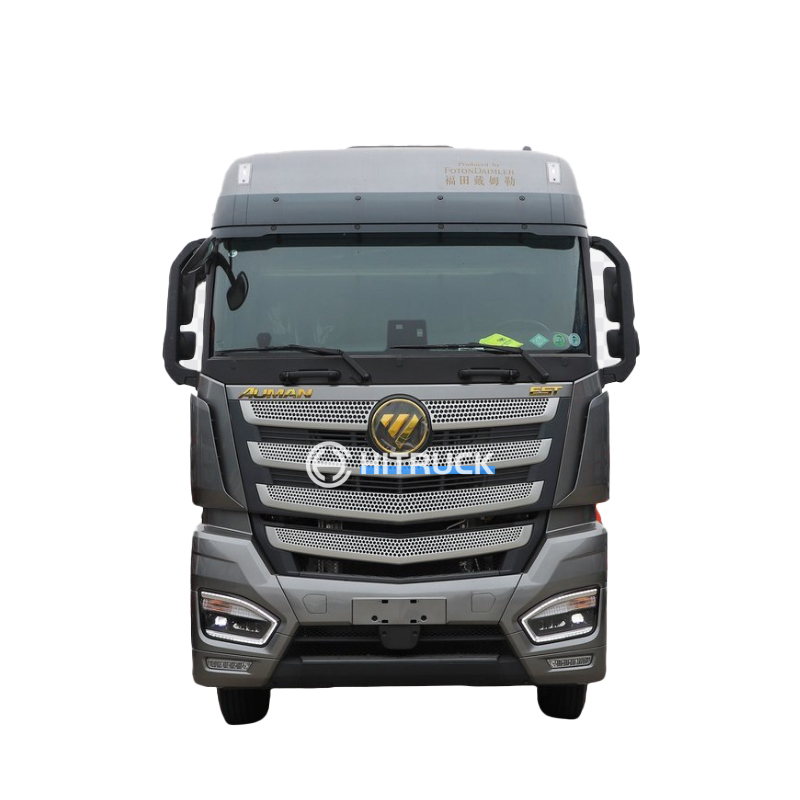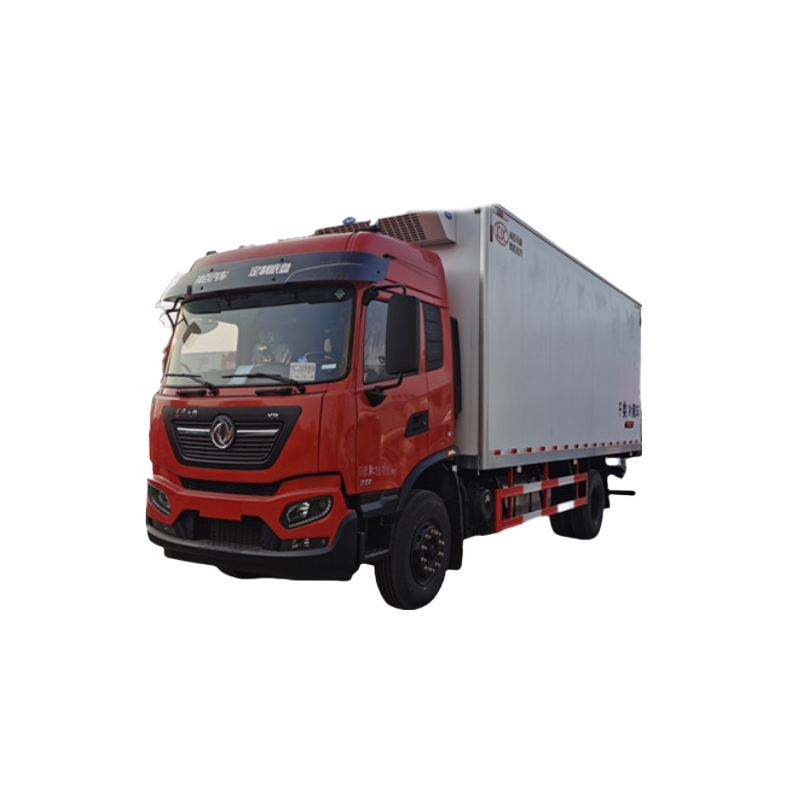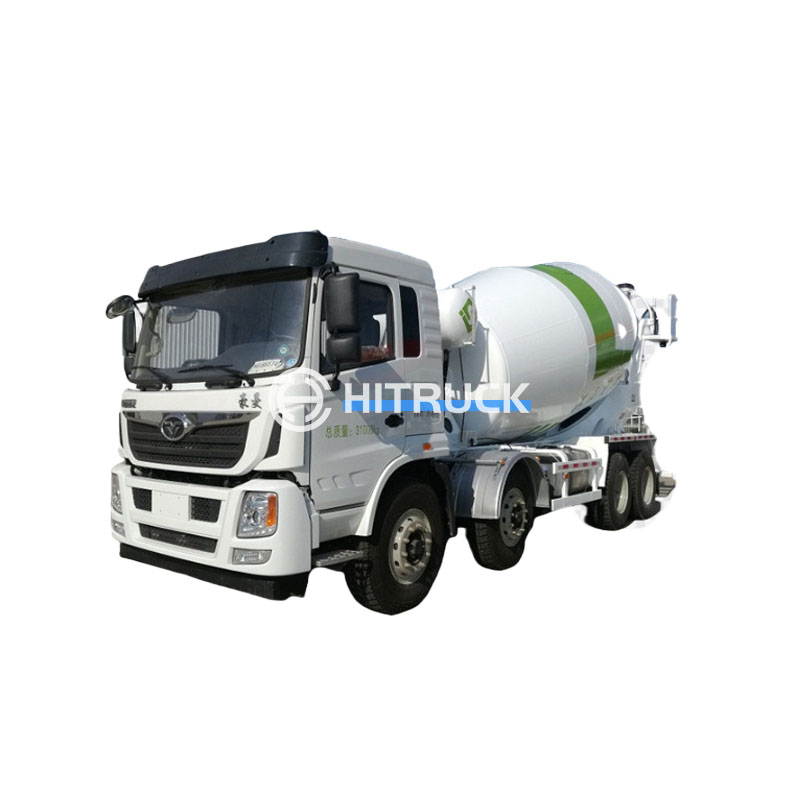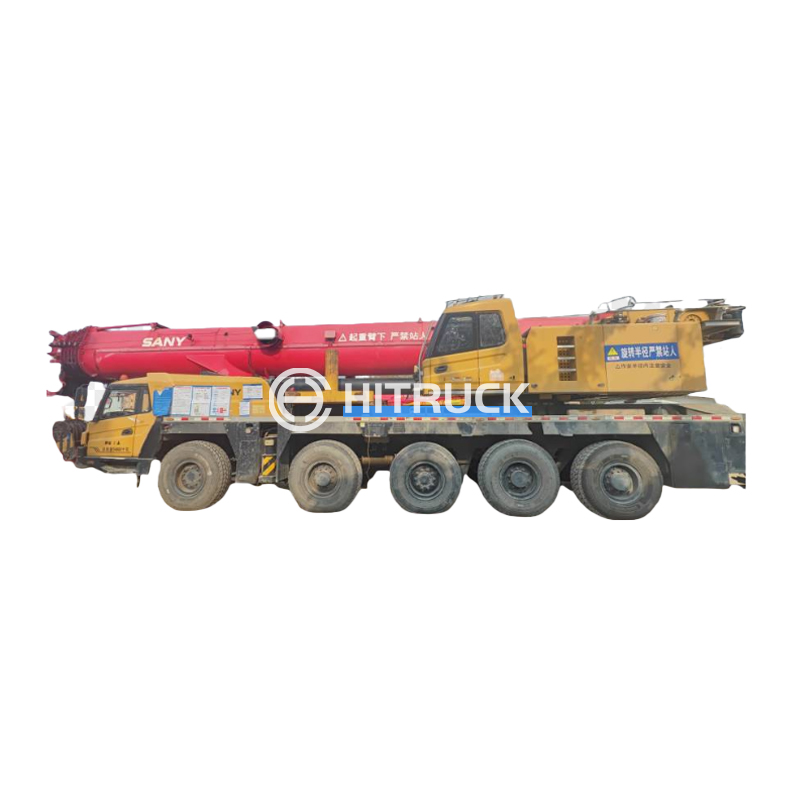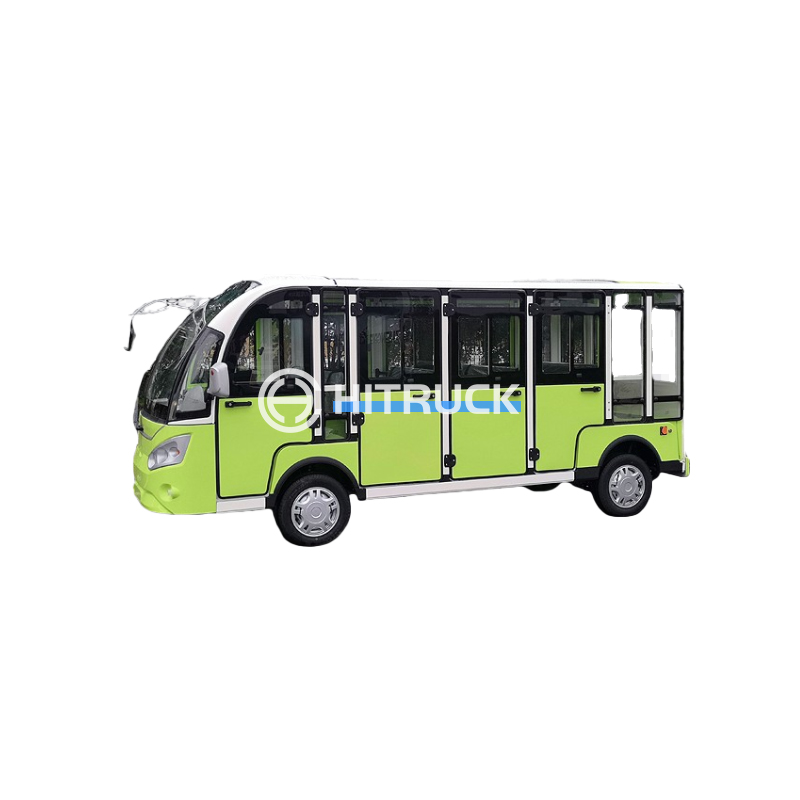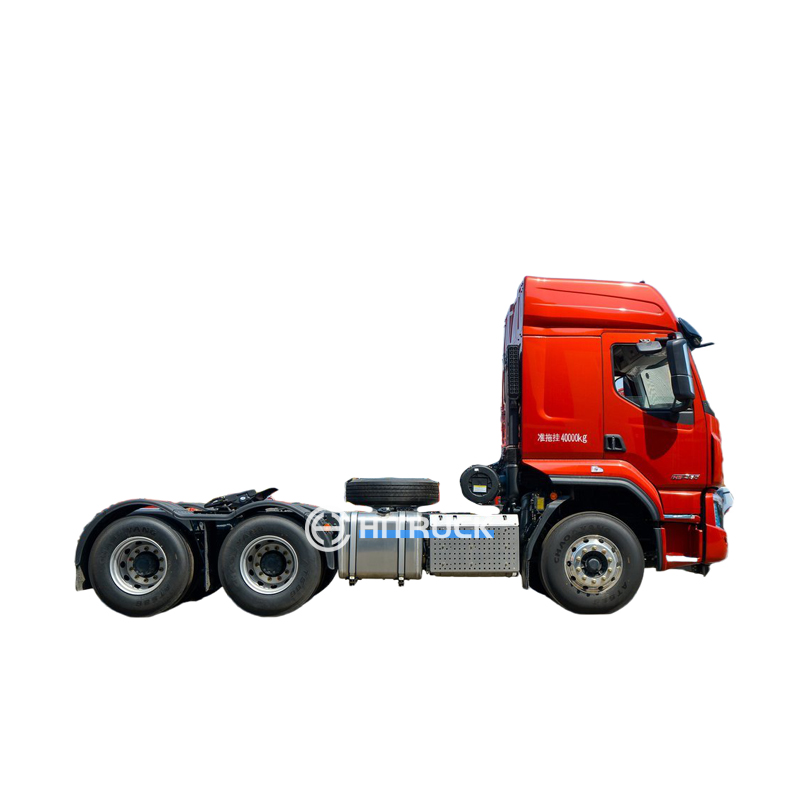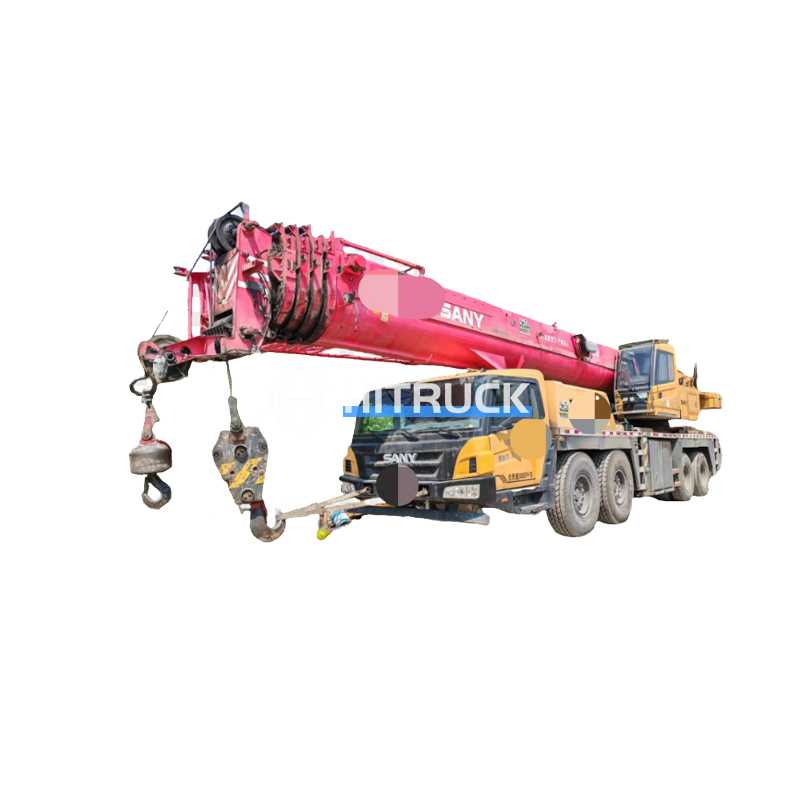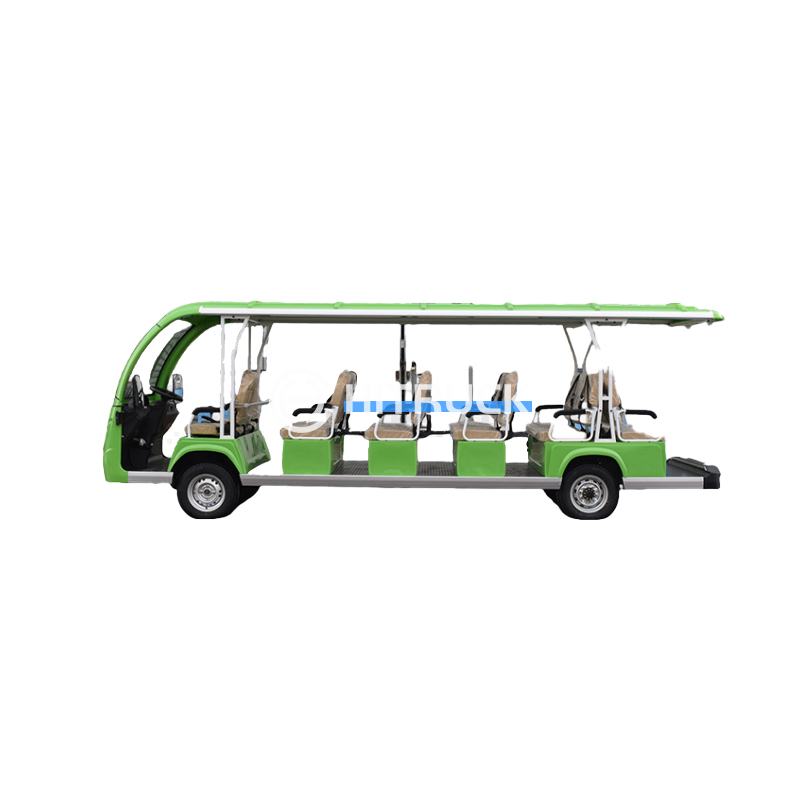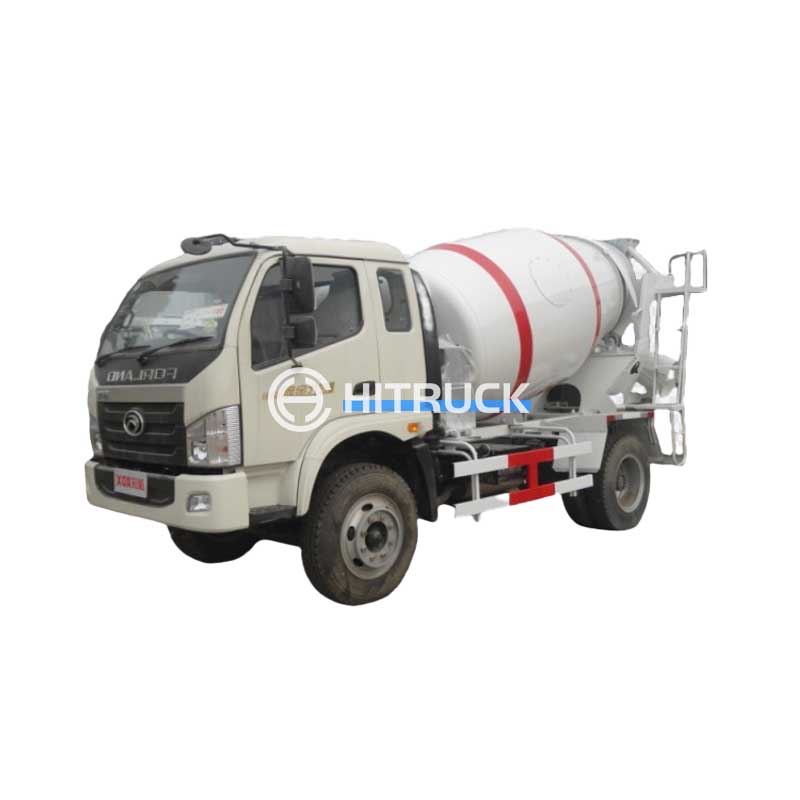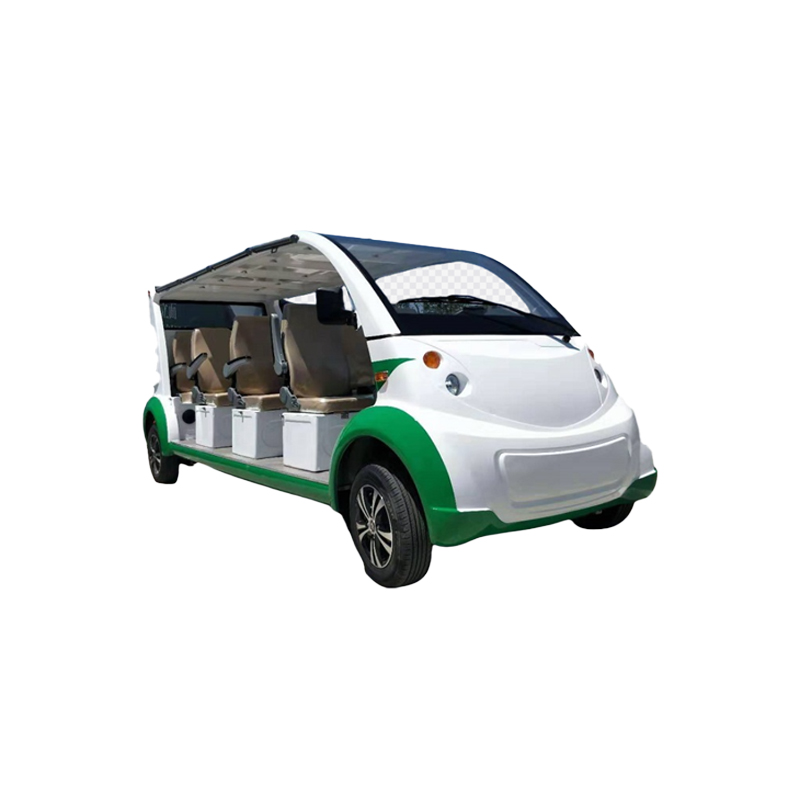This comprehensive guide explores everything you need to know about flatbed wreckers, from understanding their different types and functionalities to choosing the right one for your needs. We'll cover key features, considerations for purchase, and maintenance tips to help you make an informed decision. Whether you're a seasoned professional or a first-time buyer, this guide will provide valuable insights into the world of flatbed wreckers.
Light-duty flatbed wreckers are ideal for smaller vehicles like cars and motorcycles. They are typically easier to maneuver and operate, making them suitable for urban environments. These wreckers often feature a smaller towing capacity and a lighter-duty wheel lift. Consider factors such as the weight of vehicles you typically tow and the size of your workspace when choosing a light-duty model. For example, a compact flatbed wrecker might be perfect for a smaller city towing company, while a larger model might be better suited for a larger operation or those who often tow heavier vehicles like SUVs.
Medium-duty flatbed wreckers offer a balance between towing capacity and maneuverability. They are versatile enough to handle a wider range of vehicles, including larger SUVs, trucks, and vans. These models usually incorporate more robust features and improved lifting mechanisms for handling heavier loads. It's important to consider the types of vehicles you most often need to tow when selecting a medium-duty flatbed wrecker. Some models also offer additional features, such as integrated winches, for improved safety and efficiency during recovery operations.
Heavy-duty flatbed wreckers are designed for the toughest jobs, capable of towing large trucks, buses, and even construction equipment. These models boast significantly higher towing capacities and advanced features, ensuring safe and efficient handling of heavy loads. If you frequently tow exceptionally heavy vehicles or operate in challenging terrain, a heavy-duty flatbed wrecker might be your best choice. Maintenance is crucial with heavy-duty units, so consider the ongoing costs associated with servicing and repairs.
When selecting a flatbed wrecker, several key features should be carefully evaluated. These include:
Regular maintenance is essential to ensure the longevity and safety of your flatbed wrecker. This includes regular inspections of all components, timely servicing, and prompt repairs when necessary. Proper maintenance not only extends the lifespan of your equipment but also minimizes downtime and potential safety risks. You should consult your flatbed wrecker's owner's manual for specific maintenance recommendations.
Selecting the right flatbed wrecker involves careful consideration of several factors. These include the types of vehicles you'll be towing, your budget, and your operational requirements. Don't hesitate to consult with professionals or experienced users to gain further insights and advice before making your final decision. To find quality flatbed wreckers and other heavy-duty trucks, explore options from reputable suppliers like Suizhou Haicang Automobile sales Co., LTD. They offer a wide selection to meet diverse needs and budgets.
| Feature | Light-Duty | Medium-Duty | Heavy-Duty |
|---|---|---|---|
| Towing Capacity | Up to 10,000 lbs | 10,000 - 20,000 lbs | Over 20,000 lbs |
| Maneuverability | High | Medium | Low |
| Cost | Lower | Medium | Higher |
Remember to always prioritize safety when operating a flatbed wrecker. Proper training and adherence to safety regulations are essential for preventing accidents and injuries.

